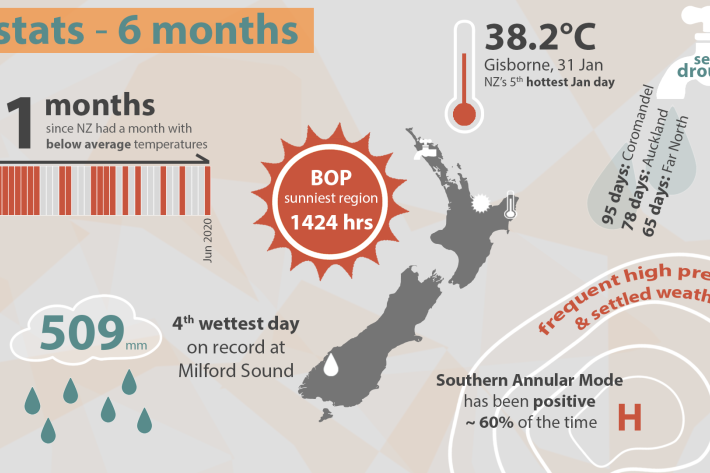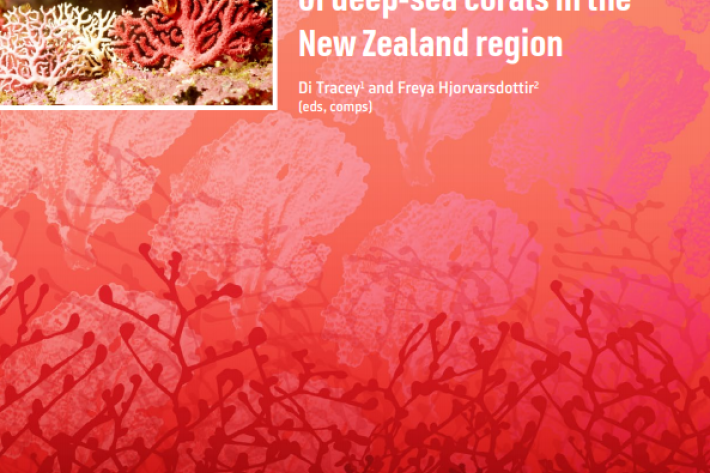-

Lesson 4: Severe weather
Education ResourceOnce in a while the weather becomes much more dangerous – what meteorologists call severe weather. -

NIWA mapping seafloor around Whakaari/White Island
Media release16 July 2020NIWA scientists are heading to the waters around Whakaari/White Island in the Bay of Plenty next week to survey changes to the seafloor. -
Autonomous vessels
ServiceFisheries researchers combine technologies to collect more data at a lower cost. -
NZ deep-sea corals
Corals can live hundreds to thousands of years. What do we really know about them? -

Lesson 10: Our planet is warming
Education ResourceWhen we talk about the future, we often talk about climate change. -

Lesson 7: Climate in Aotearoa
Education ResourceThe climate of New Zealand is incredibly varied for a country of its size. -

Constructed wetland guidelines
Constructed wetlands are a water quality restoration tool that can reduce levels of sediment, nutrients and microbes such as E. coli. -

Lesson 6: Climate drivers
Education ResourceHave you ever wondered what makes the climate during one season more extreme than another? -

Lesson 3: Weather forecasting
Education ResourceForecasting future weather starts by knowing what the weather is doing right now – everywhere in the world! -

Recent research projects
Research ProjectNIWA’s team of leading scientists and world-class facilities are dedicated to supporting the sustainable growth, diversification and future-proofing of New Zealand’s aquaculture industry. -

The climate record that keeps getting broken
Media release03 July 2020Among the multitude of New Zealand climate statistics there is one record that continues to be broken month after month. -

Cumulative effects
Today’s marine ecosystems are under immense pressure from growing populations wanting more. From food provision to cultural and recreational opportunities, the increase in activity translates into more use of certain areas. Stressors can affect ecosystems in many ways.


